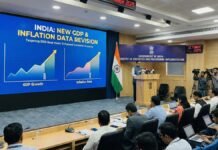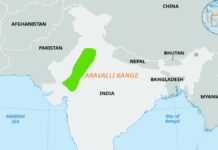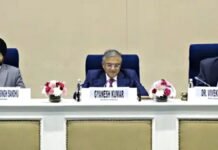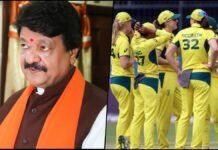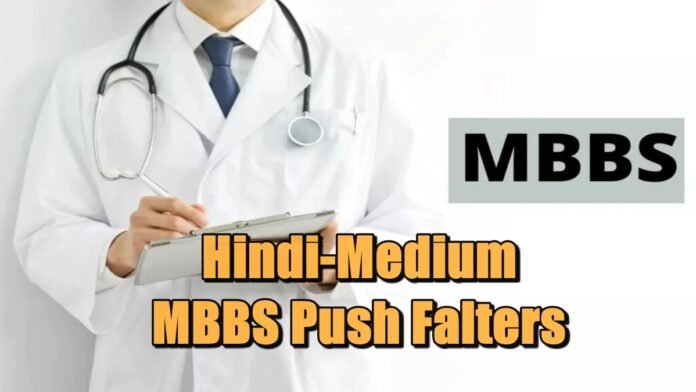
Key Points
- Not a single MBBS student in Madhya Pradesh has written exams in Hindi in three years since launch, despite a ₹10 crore push for Hindi textbooks and incentives.
- Initiative launched on October 16, 2022 in Bhopal with Hindi textbooks for anatomy, physiology, and biochemistry, unveiled by Union Home Minister Amit Shah.
- University officials confirm forms didn’t capture exam language choice; students overwhelmingly defaulted to English due to career and standard practice considerations.
- State offered 50% exam fee discounts and cash awards up to ₹2 lakh to promote Hindi-medium MBBS, but uptake remains negligible.
- Students cite mixed “Hinglish” teaching and English medical terminology as practical hurdles; Hindi books used mainly as references.
Bhopal: Madhya Pradesh’s high-profile attempt to mainstream MBBS in Hindi has drawn negligible student adoption in examinations, with university authorities confirming that over the last three academic years “not a single student” submitted answers in Hindi, even though Hindi-medium study was formally introduced across government medical colleges. A senior official echoed that “almost all” students continue to write exams in English, underscoring a near-total preference for English in assessment despite the policy shift.
The state’s medical university acknowledged a procedural gap: exam forms did not include an explicit medium-of-answer option, reinforcing the default assumption of English in written exams, although students technically could write in either language.
The Launch and the Promise
The push began on October 16, 2022, when Union Home Minister Amit Shah released Hindi textbooks for medical biochemistry, anatomy, and physiology in Bhopal, calling it a landmark for learning in the mother tongue and the first such MBBS initiative in India under the National Education Policy. A team of 97 experts translated the initial books, with plans to expand Hindi resources across subsequent years of the course.
Money Spent, Incentives Offered
Around ₹10 crore was allocated to produce and distribute Hindi-translated MBBS materials, with authorities also promising a 50% reduction in exam fees for those opting to study or write in Hindi, alongside cash rewards up to ₹2 lakh under merit-linked “Matribhasha” awards to nudge adoption. Despite these incentives, authorities and campus accounts indicate negligible uptake in Hindi for exams.
Why Students Still Choose English
Students and faculty describe classroom instruction as effectively “Hinglish,” where explanations may be in Hindi but slides, notes, and standard references remain in English, and many technical terms are retained in English sometimes merely transcribed into Devanagari limiting the practical value of purely Hindi preparation. Several students report using Hindi books as secondary references to clarify difficult passages, while continuing to take notes and write exams in English for ease, standardization, and future career mobility, including postgraduate studies and opportunities outside Hindi-speaking states.
Implementation Timeline (As Reported)
- Phase 1: First-year core subjects translated by a dedicated team, unveiled in Oct 2022.[6][4][5]
- Phase 2: Expansion to additional subjects over 2nd–4th year with more translated materials introduced by 2023–24.
- Phase 3: Merit-linked awards and 50% exam fee discounts to promote Hindi-medium uptake.
The Current Reality
- University and media reports converge on the fact that nearly all MBBS answer scripts continue to be in English, with no clear evidence of Hindi-written exam copies despite translated materials and incentives.
- The university says it is now trying to gather more granular data on language use and is running workshops to address implementation challenges, acknowledging that full translation of medical terminology is not feasible and that many terms remain in English.
- Commentary pieces and campus-level reporting suggest broader concerns about the acceptance of vernacular MBBS credentials and alignment with national and international academic and professional norms, adding to student reluctance.
Voices From Campus
- Students who completed schooling and NEET in Hindi still chose to study and write exams in English, citing the dominance of English for future prospects and standard pedagogy, with Hindi texts often serving as supplementary references rather than primary study material.
- Faculty note that even translated books carry significant English terminology, and that practical teaching remains mixed-medium, reinforcing students’ choice to default to English in assessments.
Beyond Madhya Pradesh
While other Hindi-belt states were expected to emulate MP’s model, reports indicate tepid interest and similar practical barriers, with the MP experience becoming a bellwether for the viability of vernacular MBBS rollouts. Some narratives also point to continuing efforts—such as special campaigns and workshops—to revive interest, but with limited visible outcomes so far.
What To Watch Next
- Whether exam processes formally add a declared “medium of answer” option to better track and encourage Hindi usage.
- Any shifts in postgraduate entrance norms, residency selection, or national assessments that might accommodate multiple languages in a way that meaningfully changes student incentives.
- The proposed launch of a dedicated Hindi-medium MBBS college in Jabalpur from 2027–28 may test whether cohort-based vernacular immersion improves adoption.












